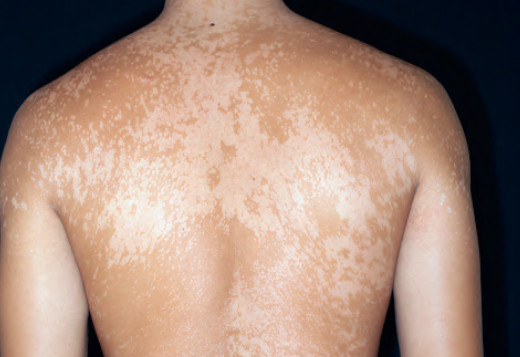Tinea versicolor treatment options options
As we go about our daily lives, our skin can sometimes be subjected to various conditions that may cause discomfort and distress. One such condition is Tinea Versicolor, a common skin infection that affects many individuals worldwide. Let's take a closer look at this condition, exploring its causes, symptoms, and available treatment options.
What is Tinea Versicolor?
Tinea Versicolor, also known as pityriasis versicolor, is a fungal infection that primarily affects the skin. This condition is caused by an overgrowth of yeast on the skin's surface, typically a type called Malassezia. Although the yeast is naturally present on the skin, certain factors can contribute to its overgrowth, leading to the development of Tinea Versicolor.
Causes of Tinea Versicolor
Tinea Versicolor is often triggered by factors such as hot and humid weather, excessive sweating, oily skin, hormonal changes, a weakened immune system, and certain medications. When combined with the presence of yeast on the skin, these factors create an environment that encourages yeast overgrowth, leading to the characteristic symptoms of Tinea Versicolor.
Symptoms of Tinea Versicolor
The most common symptom of Tinea Versicolor is the appearance of discolored patches on the skin, often in shades of pink, tan, or white. These patches may be more noticeable on sun-exposed areas of the body, such as the chest, back, neck, and arms. The affected skin may also be itchy, dry, or scaly.
Treatment Options for Tinea Versicolor
If you suspect that you have Tinea Versicolor, it is crucial to consult a dermatologist for an accurate diagnosis. They may recommend various treatment options depending on the severity of your condition. Some common treatment approaches include:
Topical Antifungal Medications
Your dermatologist may prescribe antifungal creams, lotions, or shampoos to be applied to the affected areas. These medications help eliminate the yeast overgrowth and control the symptoms of Tinea Versicolor.
Oral Antifungal Medications
In more severe cases, oral antifungal medications may be prescribed to combat the infection. These medications work from within the body to eliminate the yeast overgrowth and restore the skin to its healthy state.
Maintaining Good Skin Hygiene
Practicing good skin hygiene is crucial in preventing and managing Tinea Versicolor. This includes regularly washing your body with antifungal soaps, avoiding excessive sweating and heat, and keeping the skin clean and dry.
Preventing Recurrence
While Tinea Versicolor can be successfully treated, it has a tendency to recur. To minimize the risk of recurrence, it is essential to follow preventative measures such as using antifungal powders, wearing loose-fitting clothing, avoiding oil-based skincare products, and limiting sun exposure.

If you suspect that you might have Tinea Versicolor, it is essential to seek professional help for an accurate diagnosis and appropriate treatment. Remember, early intervention is key to managing this condition effectively. Don't let Tinea Versicolor hold you back from embracing healthy, beautiful skin!

Disclaimer: The above information is not intended to replace professional medical advice. It is for informational purposes only.
Sources:
- https://www.dermagames.com/wp-content/uploads/2020/10/2020-10-02_190548.jpg
- https://i0.wp.com/images-prod.healthline.com/hlcmsresource/images/SxC/642x361_Tinea_Versicolor.jpg?w=1155&h=758
Image Source: Dermatology Games